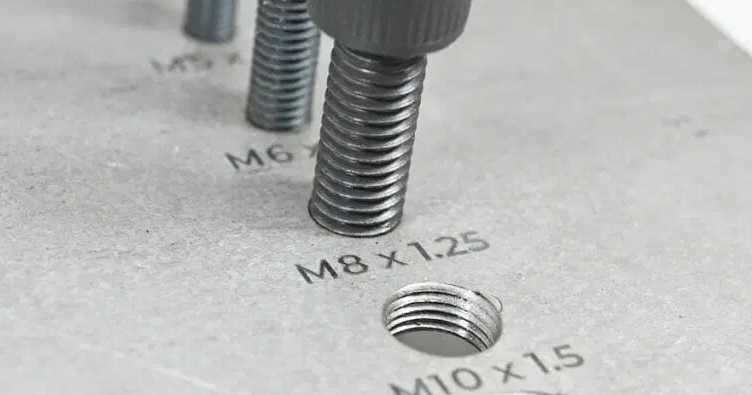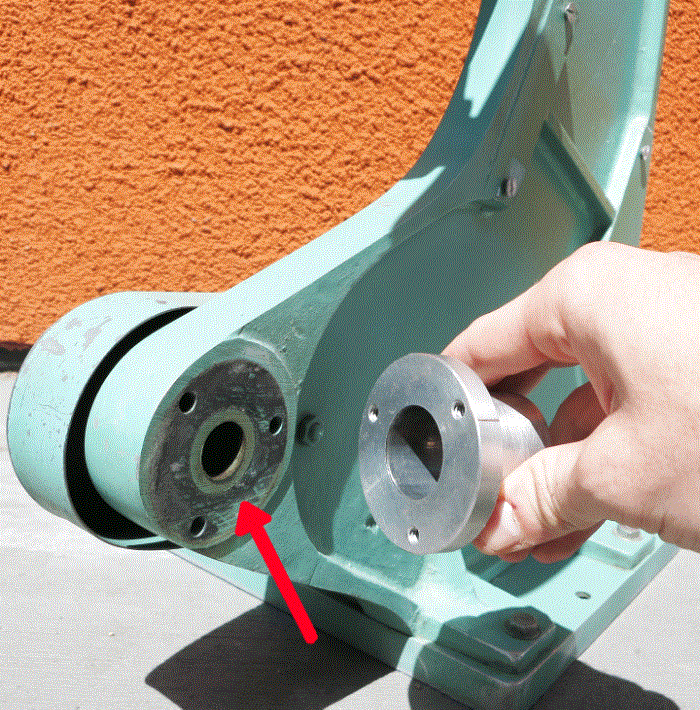-
 Call Now ! +86 13390692151
Call Now ! +86 13390692151 -
 Email Now sale@kfqizhongji.com
Email Now sale@kfqizhongji.com


For components exposed to air, anti-rust measures are necessary to prevent rusting over time. Protective measures should also be taken for important parts. Believe it or not, there are several parts that are commonly mentioned as not suitable for painting:

1. Ground location
2. Threaded hole
3. Part to be welded
4. Machined surfaces required for mechanical installation
5. High strength bolt friction joint surface
Ground Location:
For the ground location, coating will affect the conductivity.
Thread Holes
When painting threaded holes, it is important to protect them. Otherwise, the coating will fill the grooves of the threads, causing the spacing between the threads to change and the gaps to become inconsistent. This can lead to difficulties when assembling the parts or even cause the parts to fail due to uneven force. Additionally, the paint contains solvents that can affect the friction coefficient of the thread surface, reducing the reliability of the fastening of the threads.
Part to be welded
In order to ensure high-quality welding, it is important to clean the surface of the welding parts in advance. This involves removing impurities such as oxide scale, rust, and coating from the surface. Therefore, it is not necessary to paint the parts that will be welded.
Machined surfaces required for mechanical installation
It is important to note that painted machined mating surfaces can lead to tolerance fit issues, causing changes in dimensions that can affect assembly accuracy. Similarly, the friction joint surface of high-strength bolts should not be painted to prevent the coating from reducing its slip coefficient.
However, in cases where a complete tight fit can be ensured between the joint surfaces and bolts, and the bolts only bear tensile force, it is possible to paint the machined mating surface with caution. This will have no major impact and can be done safely.
High strength bolt friction joint surface
For those bolts that bear shear force, it's important to keep in mind that one of their key purposes is to prevent relative sliding between the connecting parts. In order to achieve this, a strong joint surface friction is required, particularly under heavy loads. The Anti-slip coefficient of the joint surface plays a crucial role in ensuring that the connection stays secure.
If a coating is applied to the joint surface for corrosion protection, it's important to carefully consider whether the slip coefficient of the coating system is sufficient. This factor depends on a number of variables, including the coating itself, surface preparation, maximum dry film thickness, and curing conditions. Keeping these factors in mind will help ensure that your bolted connections remain strong and secure.

To protect joint surfaces from corrosion, anti-corrosion coatings like zinc silicate paint can be used if the tolerance problem is not significant. To ensure effectiveness, the slip coefficient should be verified in accordance with standard EN1090-2. However, conducting this test can take some time as various variables need to be tested and cured first, such as surface treatment, maximum dry film thickness, and curing conditions. It's important to keep in mind that if any of these variables change, the test needs to be repeated to ensure the coating remains effective.
When it’s too much trouble, people naturally think not to paint. In fact, if the entire assembly is painted after the components are assembled, there is no need to spray the machined surface of the individual components in the early stage.
Ready to dig a little deeper? Check out KUNFENG STEEL for more in-depth articles on CNC machining and our full suite of on-demand manufacturing capabilitie.